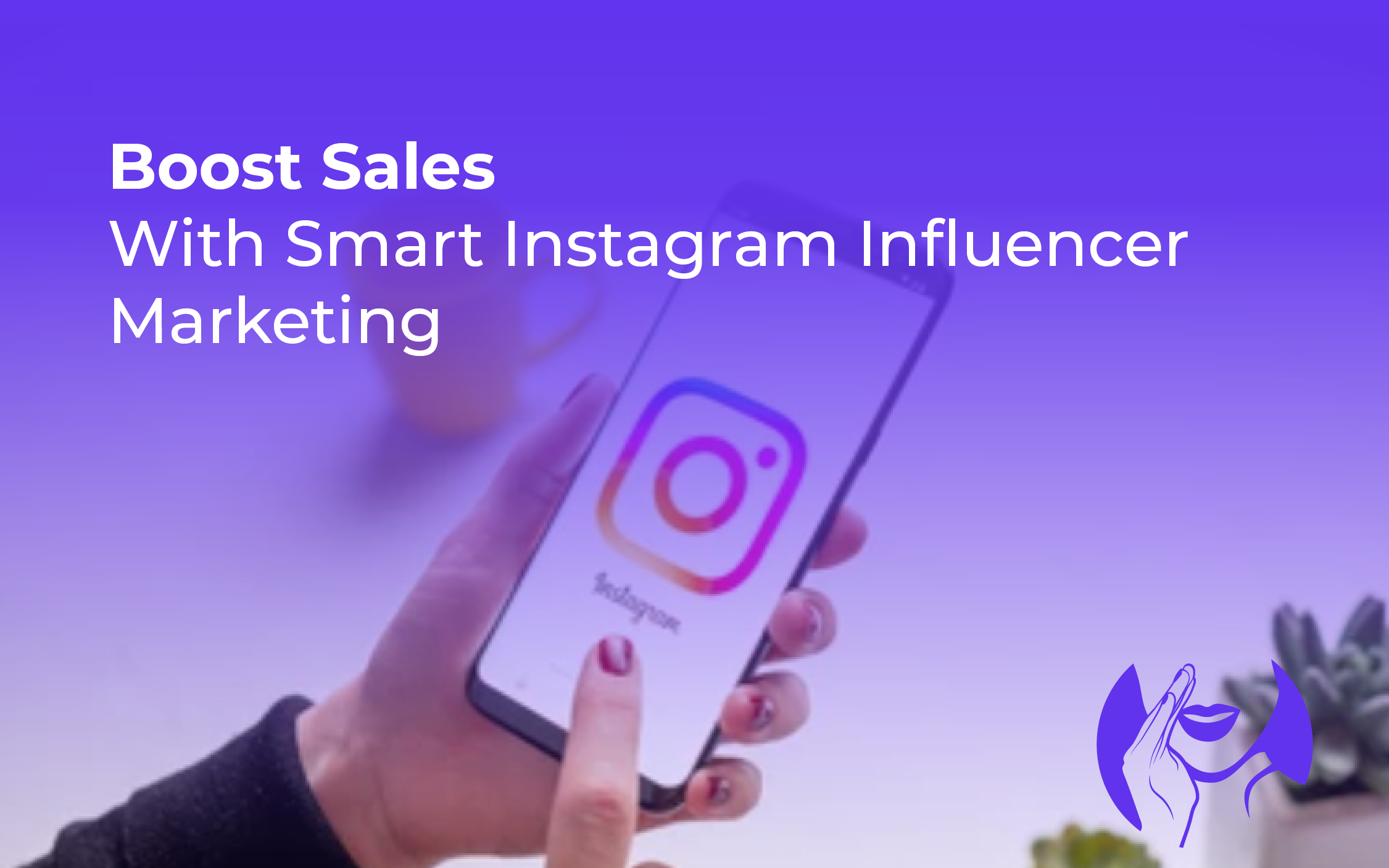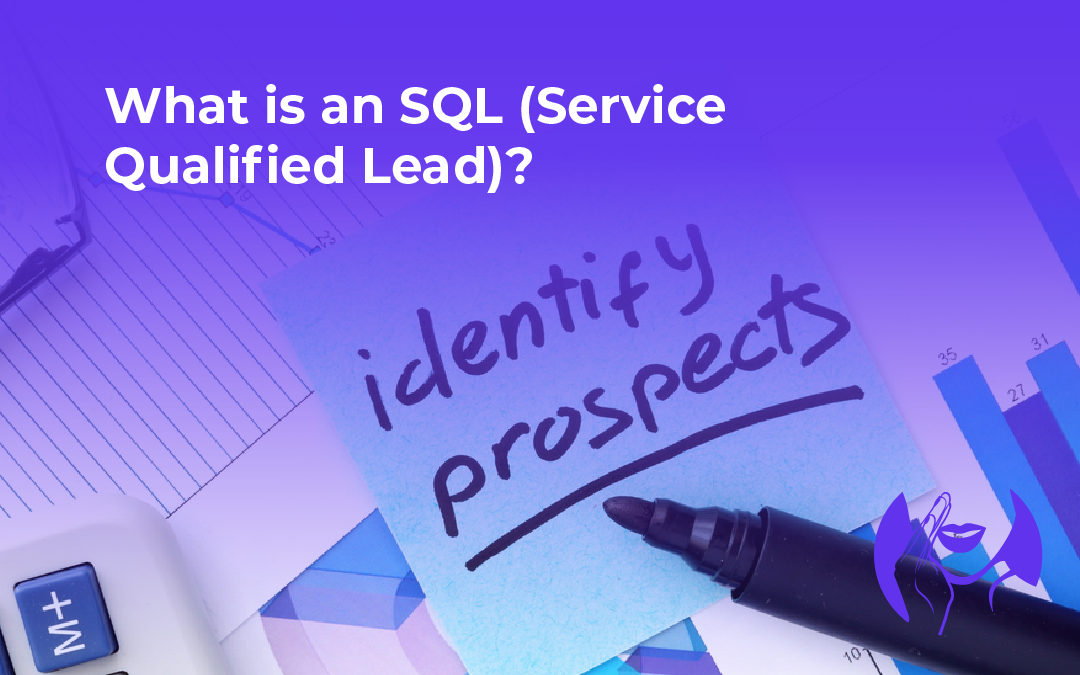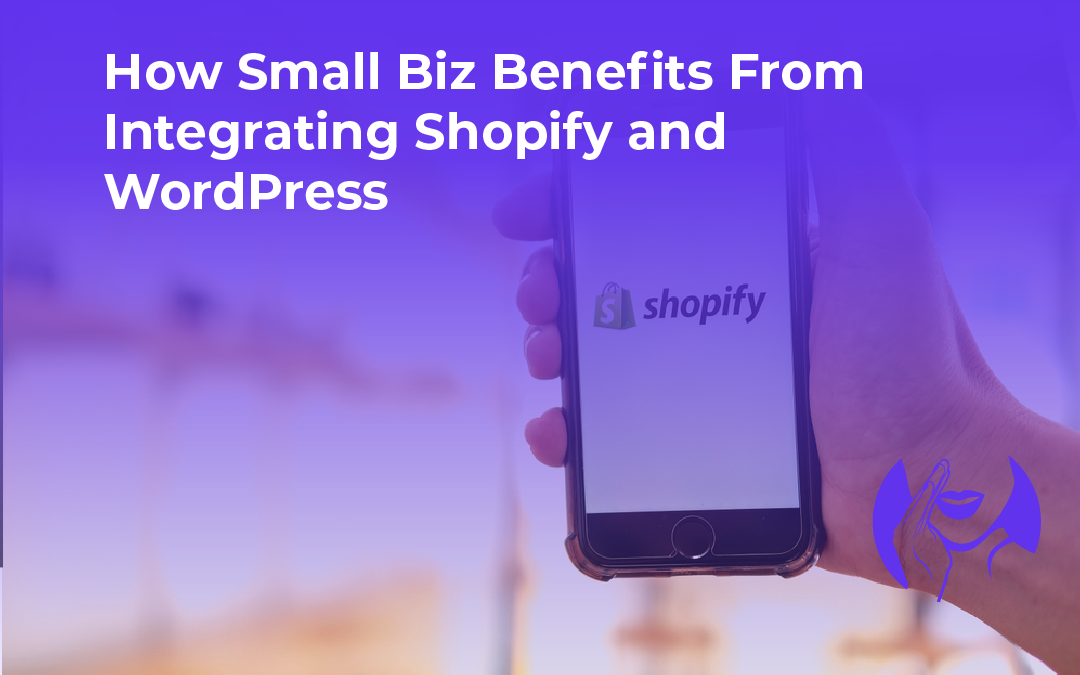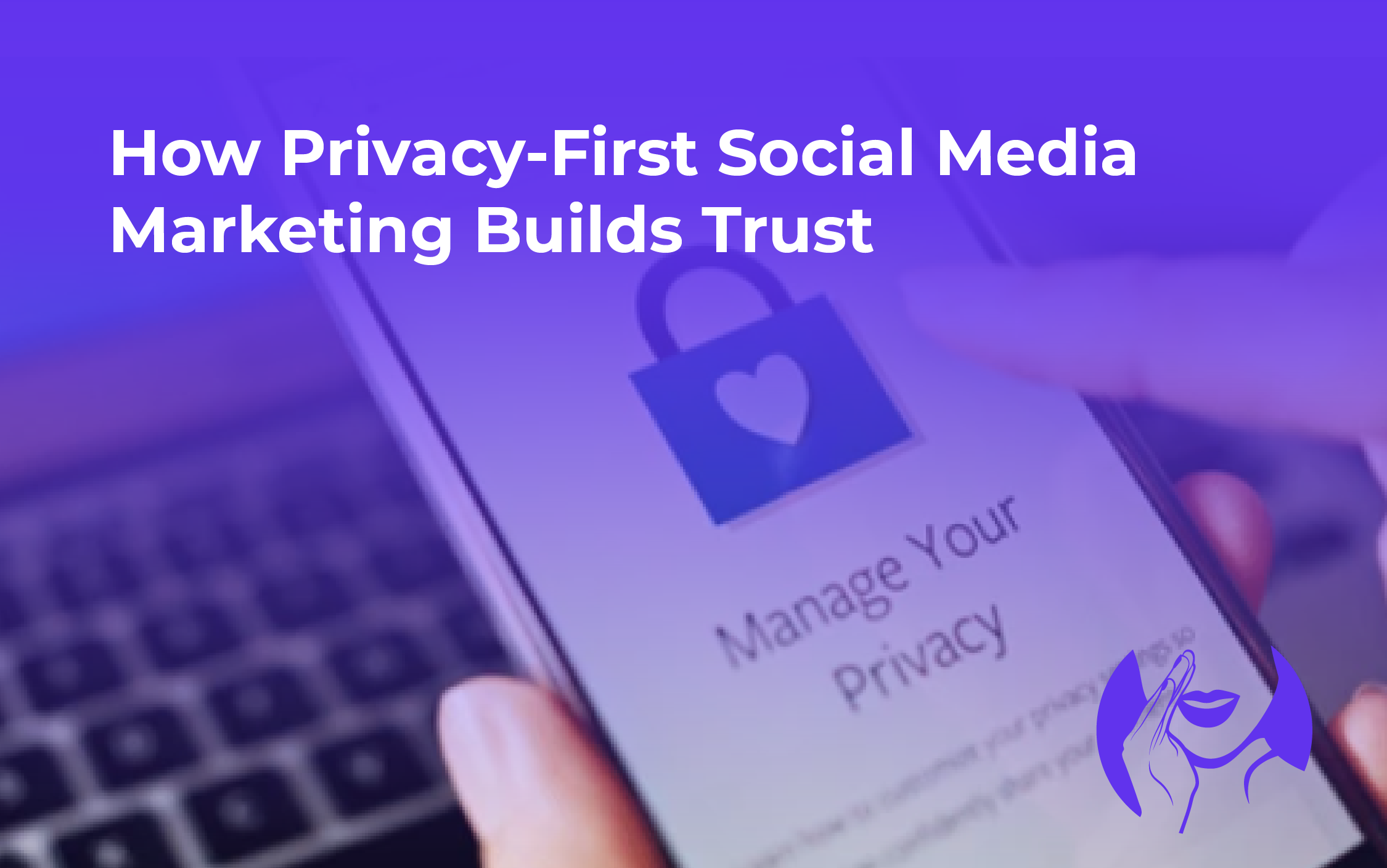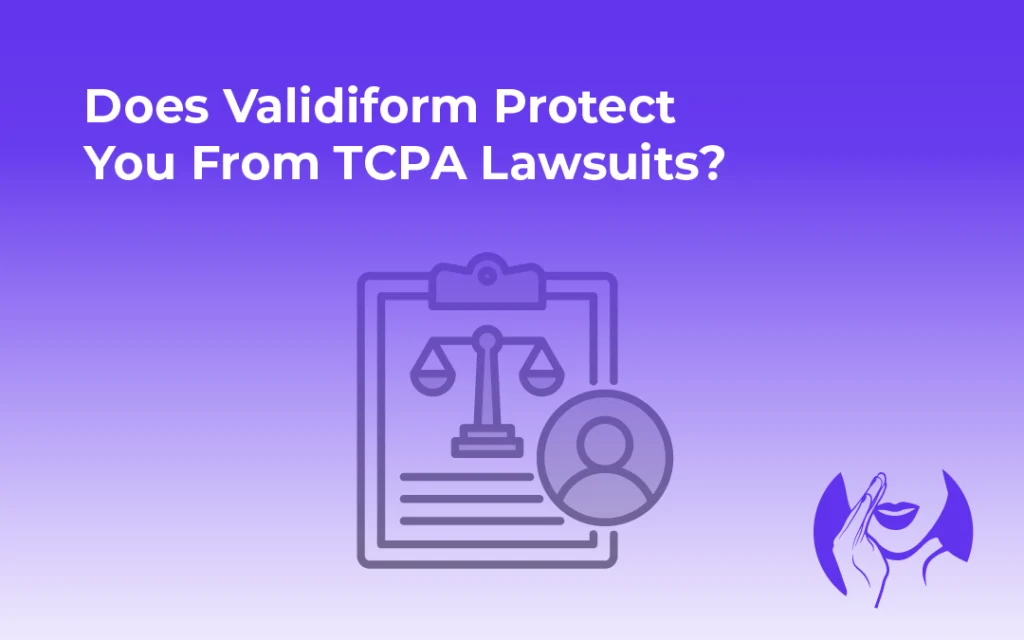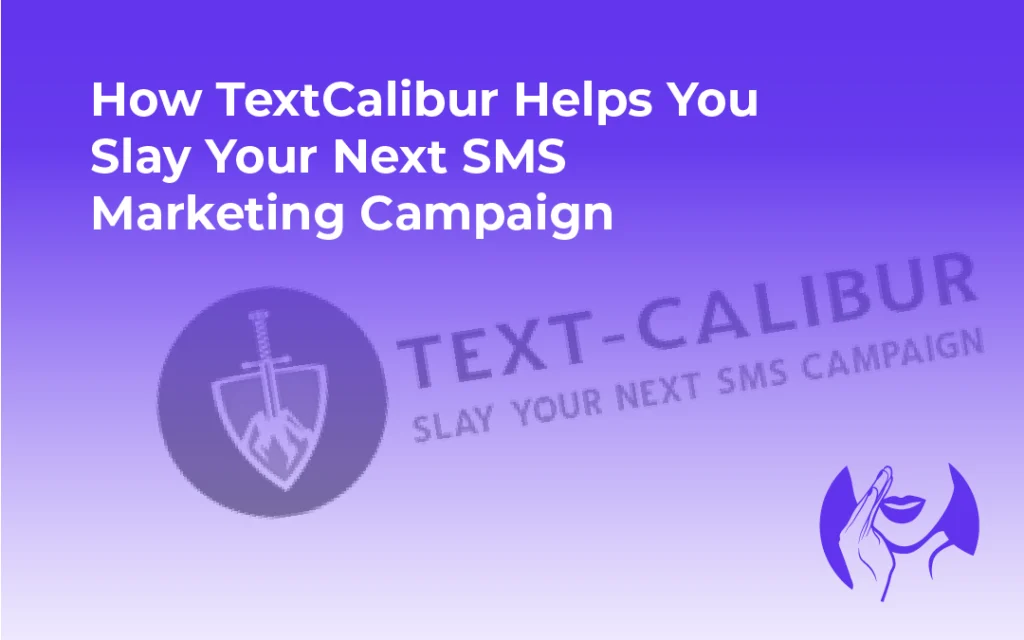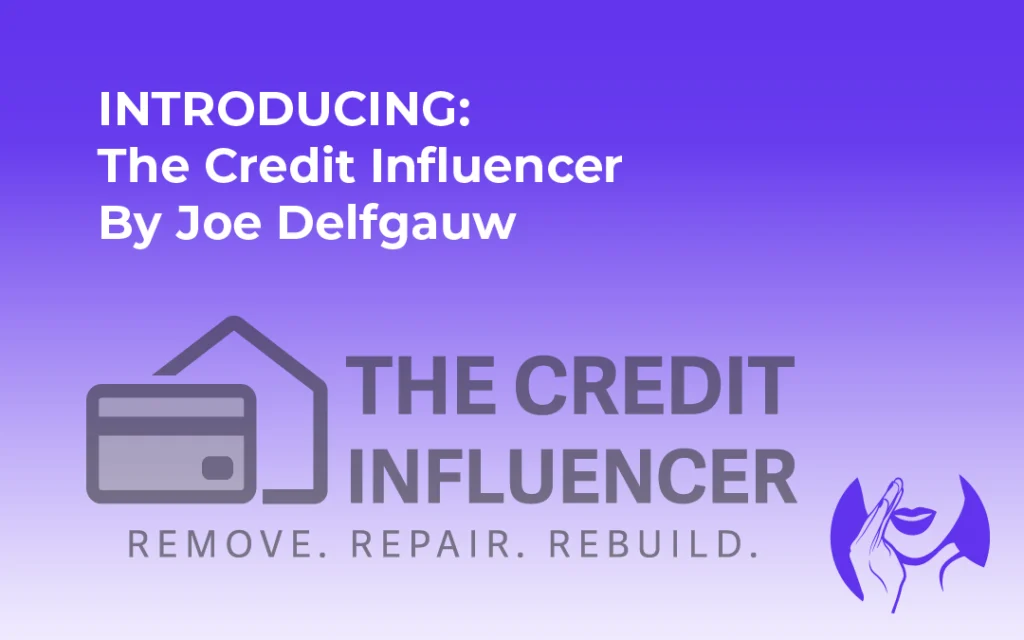Ever catch yourself scrolling through your feeds and thinking, “How did they know I was just thinking about that?” It is a common experience, and many people feel like businesses know too much. You aren’t imagining things, because a study found that 63% of internet users believe companies aren’t clear about their data use.
It’s a serious issue; things aren’t transparent enough. Privacy-first social media marketing addresses this issue head-on. Treat your audience’s personal data with care and openness; it shows respect.
Ready to begin? Here’s the plan.

- The Growing Concern with Data Online
- Consumer Control Over Data
- Ways That Build a Following, Without Invasive Tactics
- Finding Marketing Tools That Are on the Same Page
- Ways to Address the Removal of Cookies
- Privacy-First Social Media Marketing Going Forward
- Conclusion
The Growing Concern with Data Online
Social media platforms are not the same, because policies changed. Companies like Apple and Google introduced changes such as Apple’s App Tracking Transparency. Google’s software has been improved. Website cookie rules. User data handling is directly influenced by this.
It’s about what data brands *should* collect. You might wonder why you see more consent requests or why ads appear different these days. User privacy is our top concern; we follow all relevant regulations.
Key Changes Happening in Social Media Policies

Here’s a quick rundown of major platforms and their approach to data privacy:
- Apple’s App Tracking Transparency (ATT): Apps must get user consent before tracking activity across other apps and websites. Users now have more say over their personal information.
- Google’s Privacy Sandbox: Google is developing alternatives to third-party cookies, like the Topics API . This protects your privacy; however, it also lets us show you ads you might like.
- Meta’s (Facebook & Instagram) Privacy Updates: Meta restricted ad targeting around certain sensitive topics. Advertising can’t use potentially sensitive information.
- TikTok’s Privacy Enhancements: TikTok updated its policies for data collection, while also adding tools that give more controls over the data to the user.
Brands in the EU and California must comply with the General Data Protection Regulation (GDPR) & California Consumer Privacy Act (CCPA). Consumer data handling is clearly spelled out in these regulations. Big fines are possible if you don’t follow privacy laws. Following these laws is really important for any business.
Consumer Control Over Data
Many consumers no longer accept terms and conditions without a second thought. Many customers care whether brands respect their data and are taking action accordingly.
For instance, 48% of people stopped buying from certain companies because of privacy concerns. The count is rising; privacy is really important. Building trust depends on it. Smart businesses are careful with people’s information; it shows they value their customers.
Using First-Party Data to Make a Difference

Think of first-party data as information that comes straight from the source – your audience. Here are a few easy examples:
- Email sign-ups.
- Purchase histories.
- User preferences.
You get amazing information from your own data—no need for outside tracking. By using this method, you’re saying you value your customers’ privacy and understand their need for personal space; it shows respect.
The Basics to Asking and Giving Options
Avoid assuming people are okay with sharing information. A consent-based approach works by using methods like:
- Stating why you collect data. Tell consumers what it’s for and if you will share data with others. Transparency builds trust.
- Offer how to get out. You can easily adjust your settings; just find the preferences section. Solving problems means loyal customers; it’s a win-win!
Customers become more involved, and you create relationships that stand the test of time—that’s the beauty of this approach. Showing you respect user privacy means being upfront and getting consent.
Ways That Build a Following, Without Invasive Tactics
With a focus on respect, businesses build a loyal community and get insights to continue thriving. A strong community respects people’s privacy.
Consider these ways to use organic efforts and focus on the bigger picture.

- Connect with a reason. Don’t just broadcast; foster conversation through polls, comments, and contests. Good interactive content values a user’s time. It respects their attention.
- Share information. Expand your horizons—we’ve got educational resources, plus expert guidance and secret strategies to share. You’ll become a pro in no time! Get ready—some really useful information is coming your way! Value creates trust; trust sparks participation. It’s that simple.
- Be community focused. Tools like a social media content calendar and other sources such as Facebook groups can work in your favor. Places like these… Social media is everywhere. Being part of a group gives you a sense of connection and acceptance; you’re not alone.
Companies give customers that “understood” feeling by demonstrating the value received through personalized messaging. Customers then understand that by giving their consent, they’ll receive direct benefits. It has to be useful, and it has to be engaging; that’s the key. It’s that simple. We won’t pry into your private life. Think of it like a friendly chat, not an interrogation!
Real-World Results Using These Privacy-First Methods
Companies like Apple used a great strategy by making data protection about user control. This was well-received by customers; it increased their brand loyalty. Those results? Seriously impressive. We saw a change. Putting user privacy first really makes a difference.
When using privacy-first methods, sharing details of their first-party data collection, and demonstrating commitment to privacy builds confidence. Businesses win; this is how. This really gives them an advantage; they’ll do great! Zero-party data—information people share happily—really strengthens that bond of trust.
Finding Marketing Tools That Are on the Same Page
Having useful marketing technology tools makes privacy-first social media marketing work correctly. Choose platforms for managing, tracking, and communicating that don’t prioritize features over privacy.
Below are examples that provide insights and track user behavior patterns without collecting personal info:

- Google Analytics 4. Offers robust web tracking to understand site visitors, but not user identity. We prioritize big-picture data; your private info stays private.
- It’s Matomo. We’ve made it work like this: data security is a priority. Focus on understanding your customers’ needs and wants—their private data stays protected. Simple as that.
Strive for balance when performing analysis, always remaining aware of user privacy. Ads that use the website’s content instead of your personal details are a good option. We take data security seriously; your information is safe with us. That’s a promise. That’s why we don’t snoop around in your personal data. It’s simply not necessary.
Why Marketers Need to Know Compliance
If you’re serious about your marketing data strategy, compliance is non-negotiable. Knowing basic privacy regulations, like those within GDPR and the California Consumer Privacy Act (CCPA), keeps your business on the right track. Saving money and making customers happy—that’s a win-win!
A consent management platform, like Cookiebot, helps manage user consent transparently. Customers gain more power to manage their own information, and you’ll find it simpler to follow data rules. Strict data rules? Piece of cake! Avoid costly penalties and win over your customers; it’s that simple. Following these steps makes all the difference. Think of the money saved and the positive reputation. Using a consent management platform shows respect.
Ways to Address the Removal of Cookies
The push data protection is reshaping data tracking. Consider AI in advertising and first-party data gathering. With changes, like Google Chrome phasing out cookies, a marketer’s future is less about mass data collection.
It’s now becoming more about the individual consent. Making personal preference is more of the rule, not the exception.
Keeping Up With Data Changes

It used to be easier for businesses to assume users implicitly agreed to have their data collected. With changes like third-party cookies going away, a shift is needed. It means moving toward an asking-first marketing strategy, prioritizing explicit consent.
Knowing data types and understanding how they affect marketing is critical:
| Data Type | How Data Is Captured | What Marketers Do |
|---|---|---|
| First-Party | Info direct from audience. | Understanding your customers gets easier with data. Data analysis: It’s worth more than you think. Let me show you. |
| Third-Party | Indirect and usually unknown tracking of user action. | Get a grasp on the way people interact with websites—it varies wildly! |
| Zero-Party | Customer voluntarily offers information with expectations and value. | The messages are right on target. |
Creative and innovative teams can thrive; user privacy remains intact. It’s all in the details. Forget quantity; we’re going for quality. Connecting with customers is easier now that we’ve improved our reputation. People trust us more now. Stronger relationships are the payoff.
Privacy-First Social Media Marketing Going Forward
A significant challenge is how data privacy updates impact targeted marketing efforts. A commitment to privacy fosters both improved personalized communication and stronger community bonds; it’s a win-win situation that benefits everyone involved. Engagement soars! Embracing privacy is the way to go.
A company using first-party data gathering techniques creates more meaningful campaigns. This method improves the experience for everyone involved; both the writer and the reader benefit. Using zero-party data for marketing is also a benefit.
Future Strategy For Privacy-First Success
Use new privacy-centered platforms as you shift to first-party data gathering. In 2025 and beyond, leveraging customer insights to inform your advertising strategy—that’s the recipe for success. Reaching your audience with the right ads makes all the difference. User data protection matters.
Remember the advantages of protecting customer privacy as trends change. Readers, users, and customers alike will find this advantageous. Making privacy the core focus will help.
We’ve reached the end.

With growing online privacy and security concerns, businesses are adjusting. Consumers value respect in addition to personalization. Privacy-first social media marketing is no longer optional.
Knowing how their information is handled is important to customers; they want control over their online data. First-party data, relevant content, and meaningful engagement—that’s where the action is now. Our aim? Happy customers who are loyal for the long haul. The key is making it so enjoyable, they’ll return again and again. Think repeat business!



